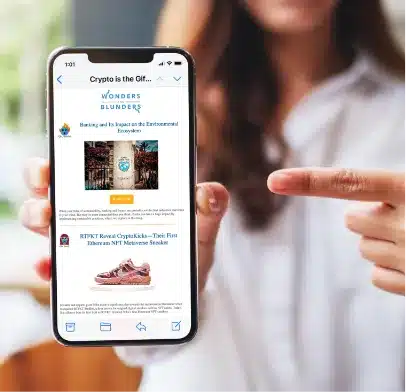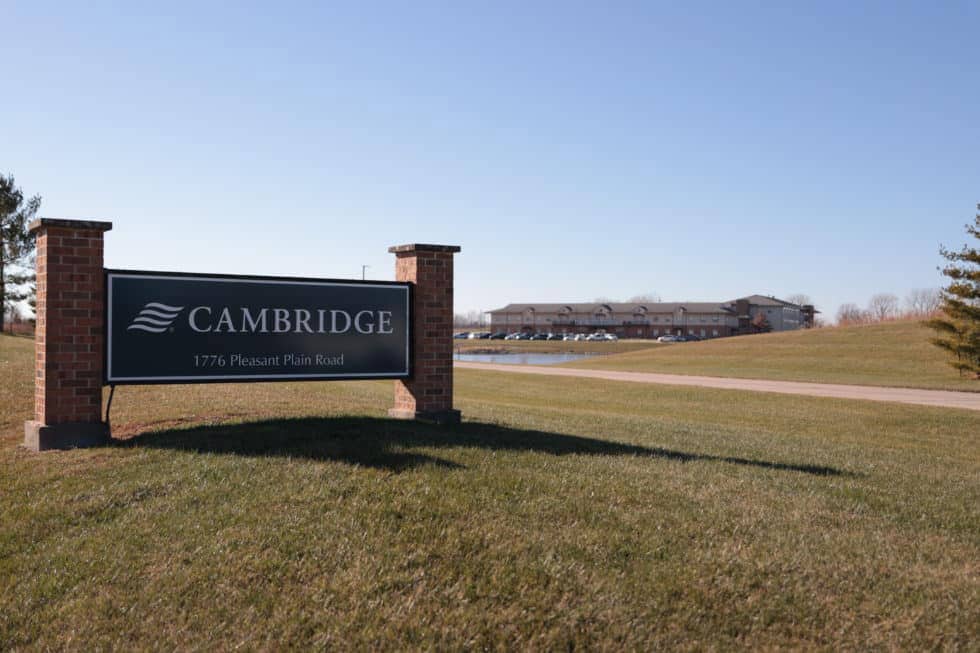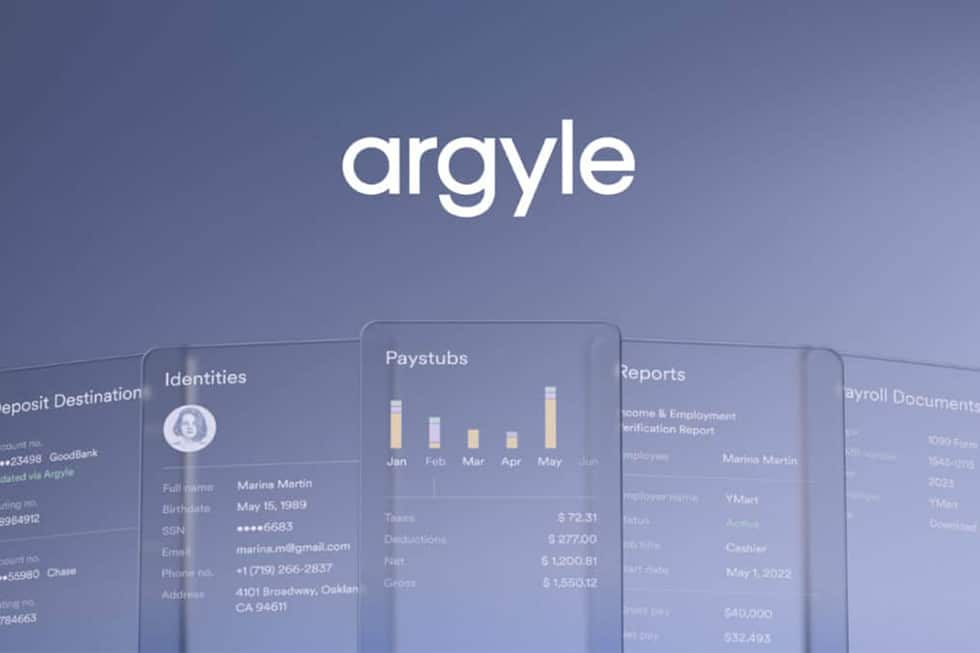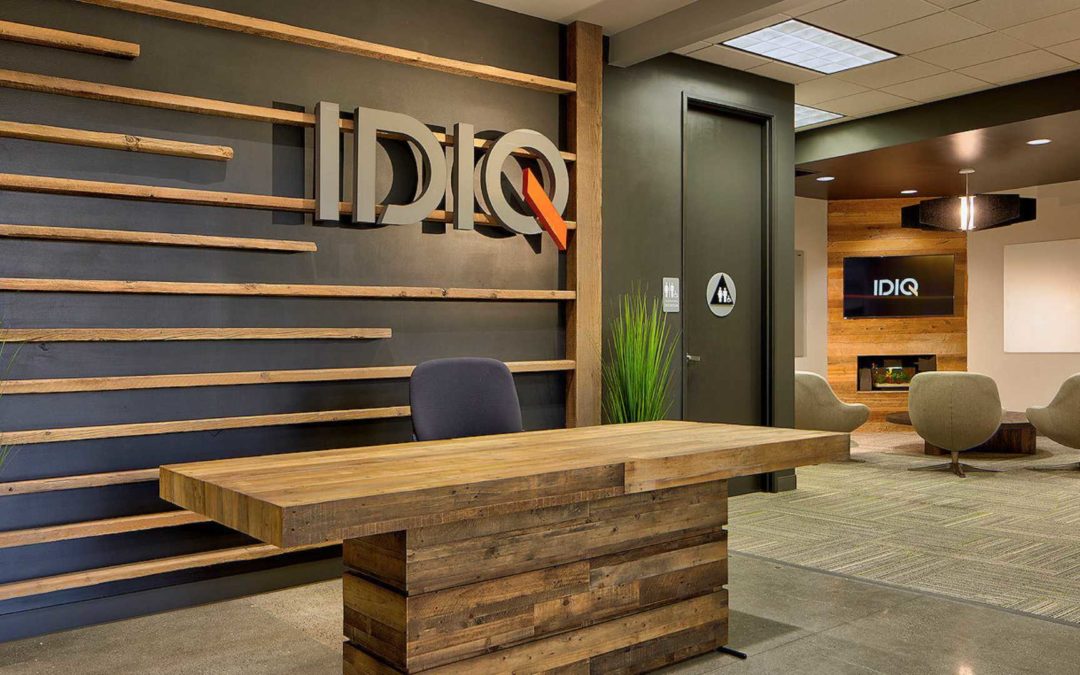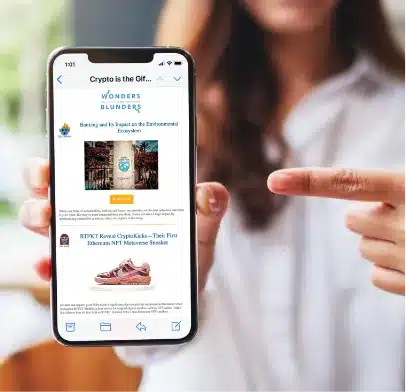As the financial world continues to become increasingly digitized and complex, it seems as though the industry keeps coming up with more and more acronyms and initialisms for new concepts, making it harder for the everyday consumer to know what in the world anyone is talking about. FOREX, DeFi, ETF, EFT- we may need a translator soon enough. However, some of these concepts are a lot more consumer-friendly than their abbreviations may make them seem, as are their uses. One of those is BNPL.
Buy Now, Pay Later
Buy Now, Pay Later, or BNPL, is actually fairly self-explanatory: it is an installment plan that allows you to make a purchase immediately but pay in smaller amounts on a schedule, usually interest-free. If you’ve been online shopping anytime in the past two years, you’ll likely have seen an option under the price of an item or your shopping cart total advertising the ability to “Pay in 4 payments of $XX.XX with XYZ”, with the payments being one-quarter of the total. That is BNPL at work. Fintechs Affirm, Klarna, Afterpay, and Zip are the biggest names in buy now, pay later services, and some of these have partnered with major names such as Amazon, Target, Peloton, and more to support their platforms. Even existing companies are getting in the mix – PayPal is now offering its own “Pay in Four” option, and just last month Apple announced plans for its own Apple Pay Later program.
Where Did BNPL Come From, and Why Use It?
The concept of BNPL has been around for quite some time, however, it was rebranded with tweaked details and a much nicer name before it exploded in popularity. Traditional payment plans and layaway usually allowed the purchaser to only receive the product once it was paid off, but BNPL allows for immediate access to the product upon purchase with the first payment installment and usually involves no or a soft credit check, which will not impact a user’s credit score. The surge of popularity for BNPL specifically came during the COVID-19 pandemic’s shutdown and stay-at-home orders, when online shopping was at an all-time high, for many reasons. Consumers wanted (or needed) their purchases immediately since they were unable to go to the store. Some consumers were on their own restricted income plan with many losing jobs or having hours cut. Even the stores were in need of BNPL’s services; with no in-person capabilities, many businesses were looking at a large drop in sales and wanted to find a way to incentivize customers to make larger purchases without the sticker shock or “leave it in the cart” scenario.
Trend or Tried-and-True?
Post-Pandemic, BNPL use continues to rise as it grows in recognition and popularity; many consumers prefer BNPL to credit cards for a variety of reasons. In a May 2022 study conducted by The Financial Brand that allowed multiple responses, 58% of respondents stated that they preferred BNPL due to the lower or lack overall of interest rates, 44% agreed that BNPL offered more flexibility than credit cards, and 33% were enticed by the easy and nearly immediate approval process.
BNPL is a great option for any purchases, the sparse large, and smaller every day alike, made by consumers who want to find a better way to manage finances, stay within budget, and spread out or schedule payments. With its use, implementation, and acceptance continuing to grow, it very well may be ushering in a new system of budgeting and building modern spending habits for the next generation of consumers. After all, who doesn’t want more options, flexibility, and say-so over how – and when – they spend their own money?
